The first in this series generated an interesting response from Readers in Comments, and I have to make a couple points before we look at the next one.
Firstly, verisimilitude: it is extraordinarily difficult to recreate the human face in a drawing or painting. A glance at any judicial court artist’s work should suffice, or those of the guys you see at state fairs who promise to render a decent portrait of your kids / girlfriend / wife. Most fail, abjectly, at the task. Portrait painters of yore were probably little different.
Several people commented on the beauty (or lack thereof) of the women; but even taking the above into account, we have to remember two things: beauty, as one Reader pointed out, is defined differently in different eras. What was considered “handsome” in Edwardian times would have been regarded in the 1920s “flapper” period as horribly overweight, whereas few men of Edwardian times would have looked with favor on those skinny, flat-chested flappers, who were clearly wasting away and not capable of producing heirs.
What we have to assume, therefore, is that the mistresses of kings were probably far more attractive (especially to the kings) than as depicted. It might also be that the women had attractions that had nothing to do with beauty: witty, waspish, skilled exponents of soixante-neuf, who knows? What they were was different to the various queens, very available (women are attracted to powerful men) and that’s probably all that it took.
Anyway, having mentioned the Edwardian era, let’s look at the first of the Edwards (Edward VII of Great Britain, after whom the 1902-1910 era was named), who was a renowned ladies’ man of prodigious sexual appetite. Here are but some of his bedmates:
Alice Keppel
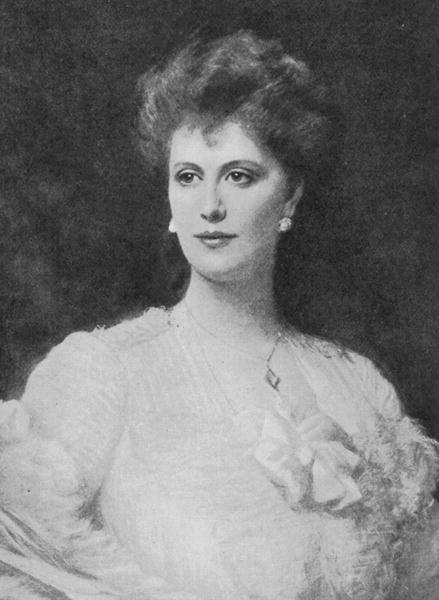
Interestingly enough, Mrs. Keppel is the great-grandmother of the current Queen Camilla, herself the one-time mistress of Charles, Prince of Wales (and now King Charles III), and himself the great-great grandson of Edward VII.
Got all that? There will be a test. Next:
Jennie, Lady Spencer- Churchill
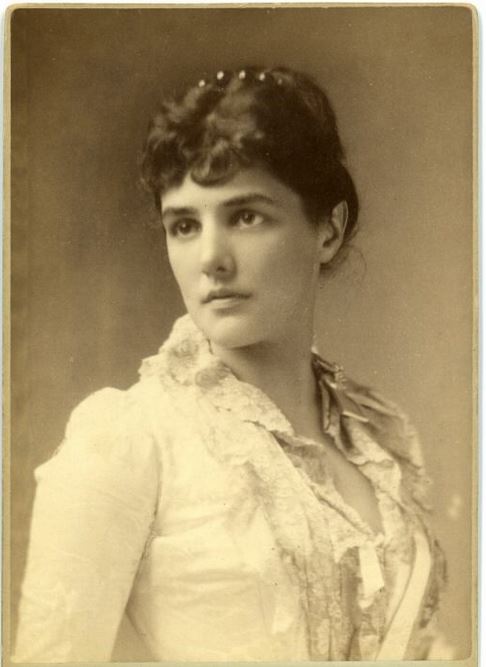
...Winston’s mum.
Then the actresses, among whom were:
Sarah Bernhardt
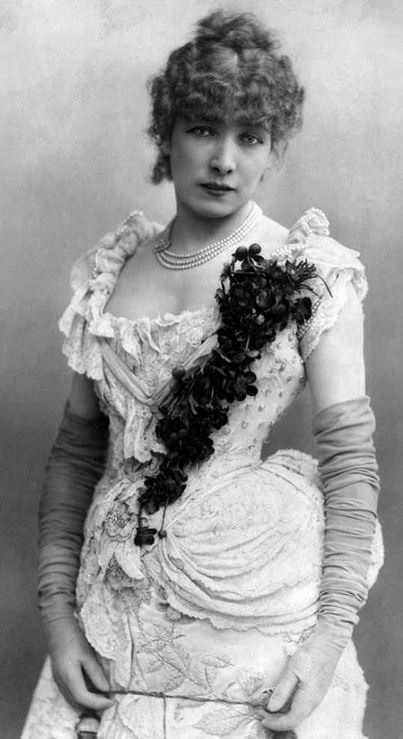
…the Divine Sarah.
Moving along to the next Edward (VIII), who was famous, of course, for renouncing the throne because he was besotted with a married (later divorced) woman, one
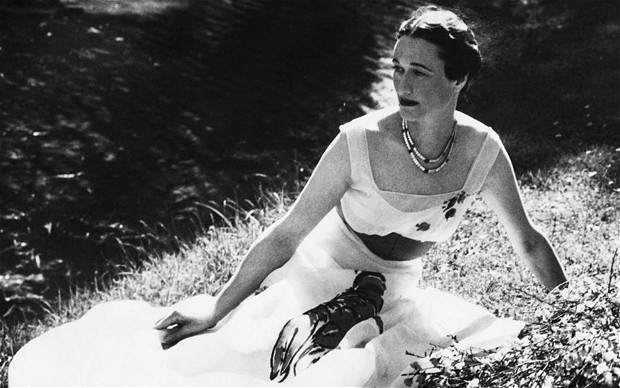
However, our “David” (his family name) had been a very busy boy before Mrs. Simpson ever came on the scene, to wit:
Freda Dudley Ward
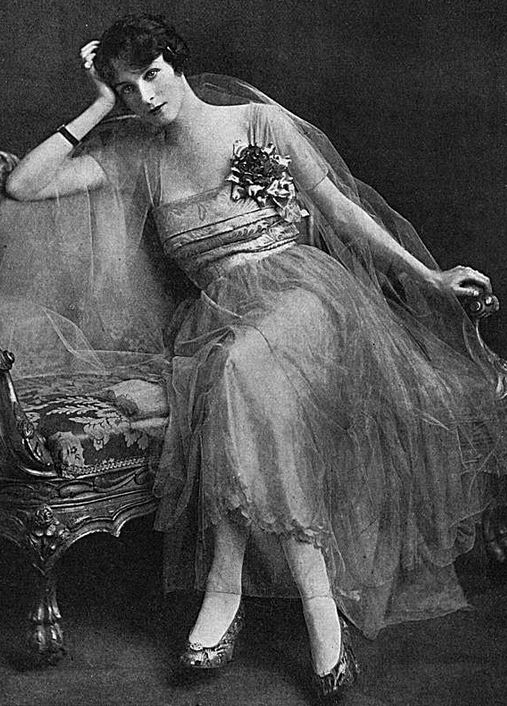
...who was, by the way, the first married woman he wanted to marry.
Marguerite Alibert

This French totty later shot and killed her husband, so he really could be said to have dodged a bullet here. Any man of experience can see that Teh Crazy is strong with this one.
…and, it was rumored, with her twin sister as well.
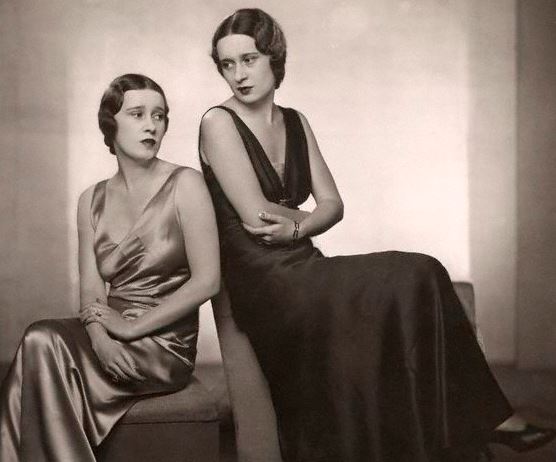
Sporting lot, these British kings. In the next of this series, we’ll go a little further back down the line, and this time, to the French guys.

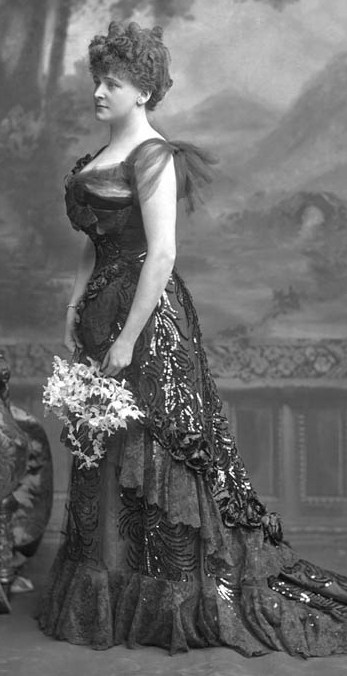
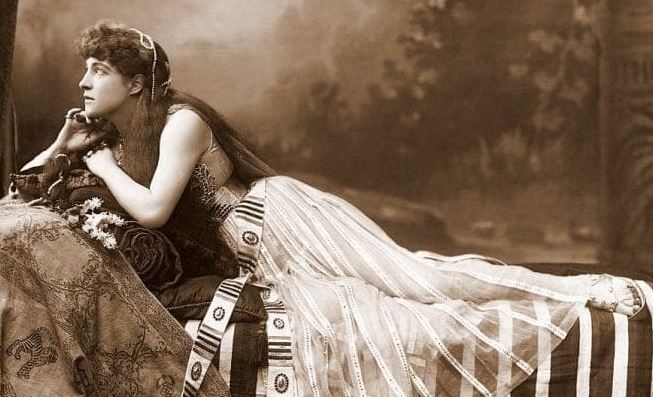
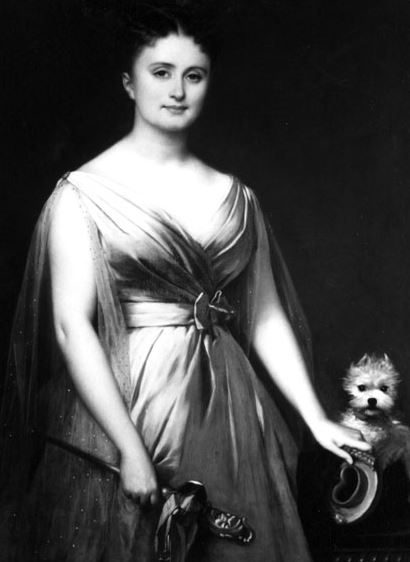
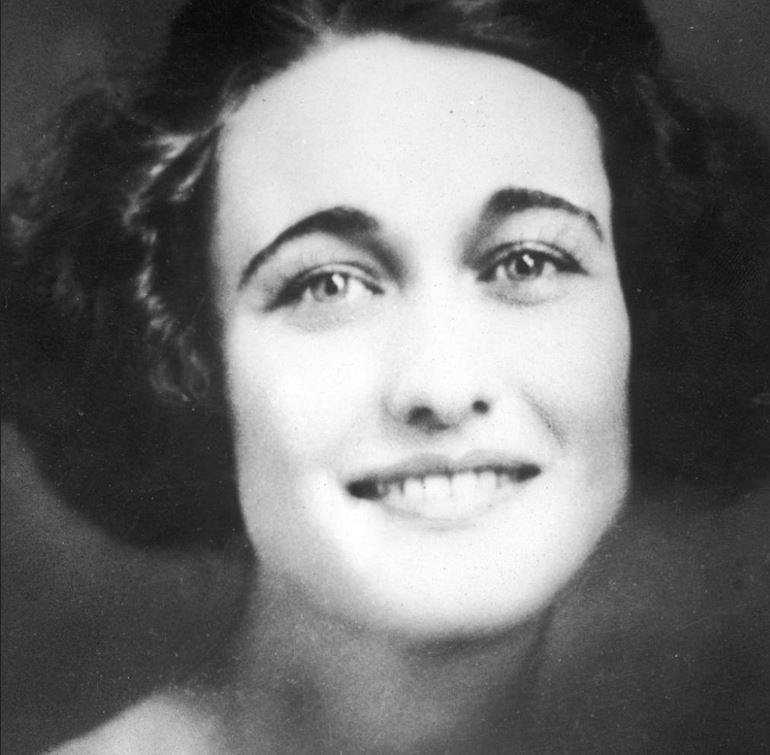
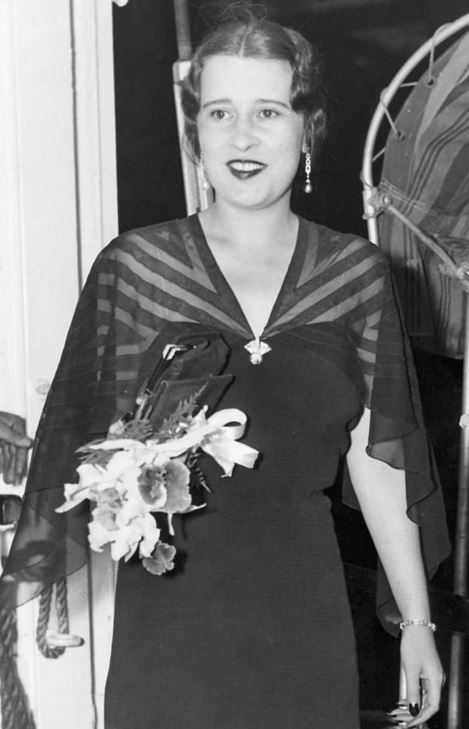
It might also be that the women had attractions that had nothing to do with beauty.
That explains the last two.
Hark! The Herald Tribune Sings!
Wally Simpson stole our King!
She is (or was) living proof that when you get to be age 50, you get the face you deserve.
Thelma Furness — AND her Sister?
At the same time?
As OrangeEnt said, that could easily explain the last two.
History does not tell us whether the encounters took place at different times, or were simultaneous.
About verisimilitude: I know it’s possible for _some_ artists, because I watched one of my high school classmates do a pencil sketch that looked startlingly like me in just two minutes. This guy went on to a career in commercial art, where his ability to do an easily-printed line drawing that looked more real than a photograph must have been quite an asset. He retired by age 50, and seems to still be having fun at 70 doing “fine art” – but no portraits! (https://www.glennwolff.com/)
OTOH, I remember a well-known oil portrait of William Shakespeare that someone noticed had the same big forehead as a contemporary portrait of Queen Elizabeth I. IIRC, it seems the artist saved time and money on the Shakespeare job by starting with an earlier try at painting the queen and making changes around the edges.
So I think verisimilitude in a portrait depends on the artist’s talent, but also whether he’s doing his best or cutting corners, and whether the person paying for it – usually the subject, but sometimes a relative or lover – wanted a realistic portrait or otherwise.